1. Louvre Abu Dhabi, United Arab Emirates
Though the institutions involved have drawn fire for complicity in abusive labor practices, the Saadiyat Island Cultural District is well on its way to becoming one of the world’s great architectural petting zoos with contributions from Norman Foster, Frank Gehry, and Zaha Hadid. Atelier Jean Nouvel’s Louvre Abu Dhabi, which opened this year, tries to glisten its way through the controversy with a cluster of sugar-cube white blocks capped by a domed roof made from steel layered in arabesque patterns. Read More »
The Architecture of 2017 in 7 Buildings
From the overexposed to the overlooked, these buildings—and one curious structural sculpture—embody the forms and ideas that shaped the year in architecture.
By the Editors December 26, 2017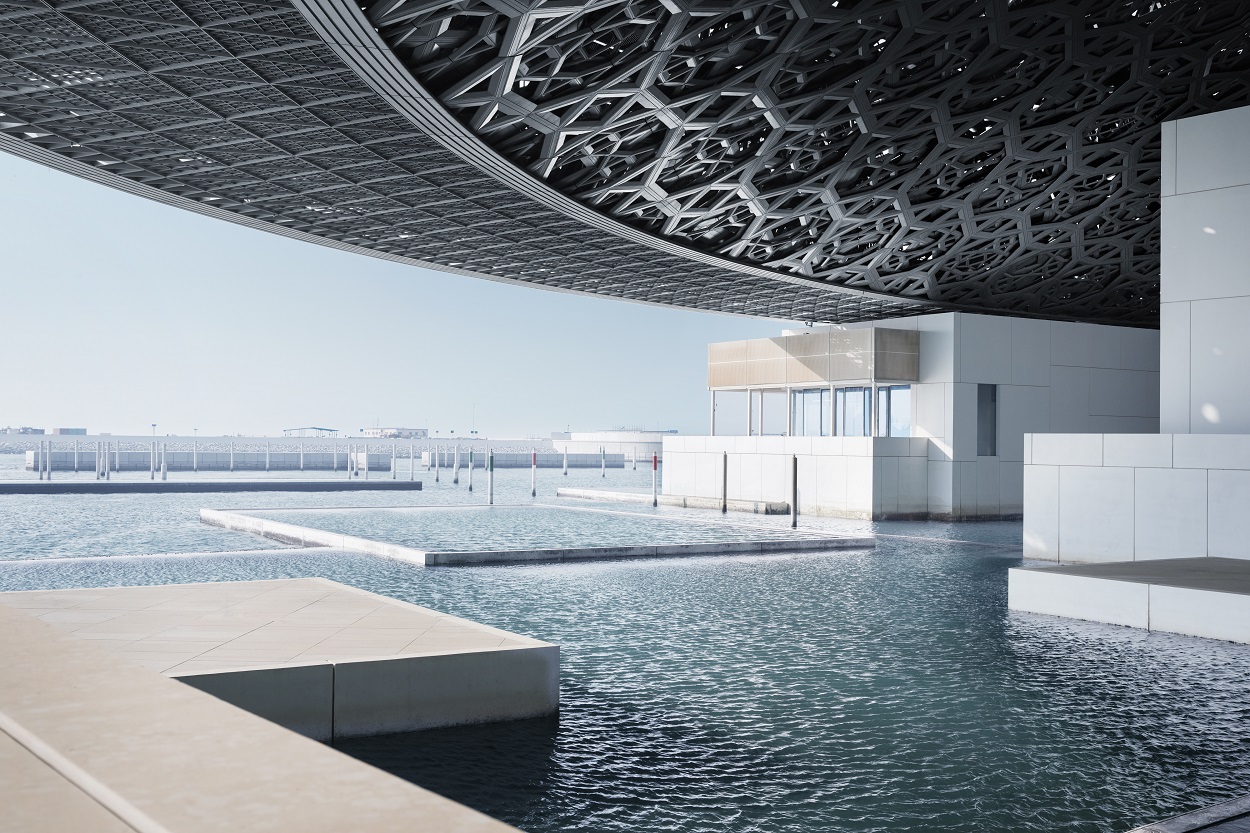
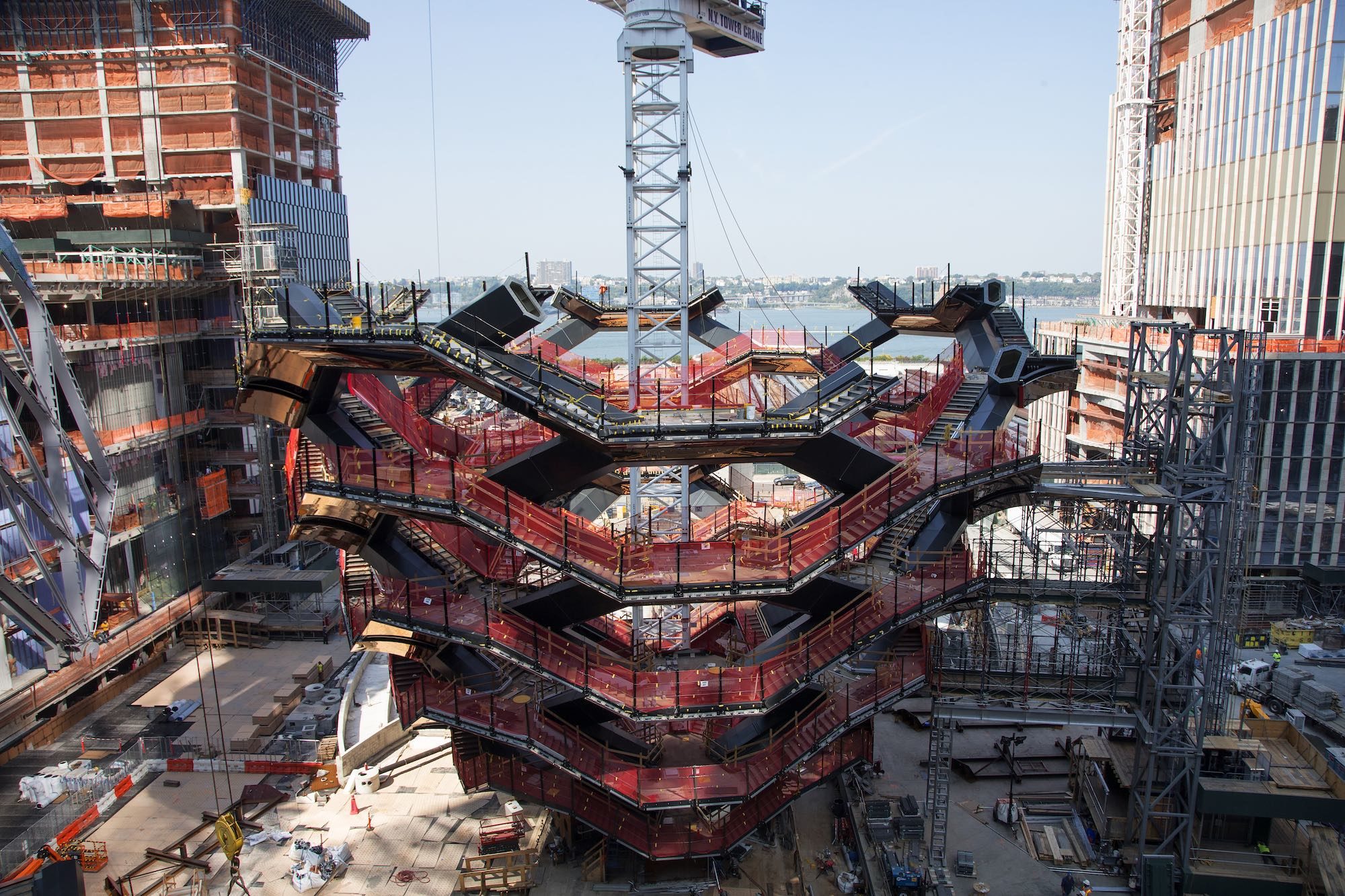
2. Vessel, New York, New York
Thomas Heatherwick’s head scratcher at Hudson Yards, the $25-billion mega-development on Manhattan’s West Side, resembles the discarded exoskeleton of one of the city’s notoriously over-scaled cockroaches. We watched the curious steel carapace take shape from Surface’s studio in Chelsea, and we’re still not sure what to make of it, so we asked Stephen M. Ross, founder and chairman of the Related Companies, the developer behind the massive complex. Read More »
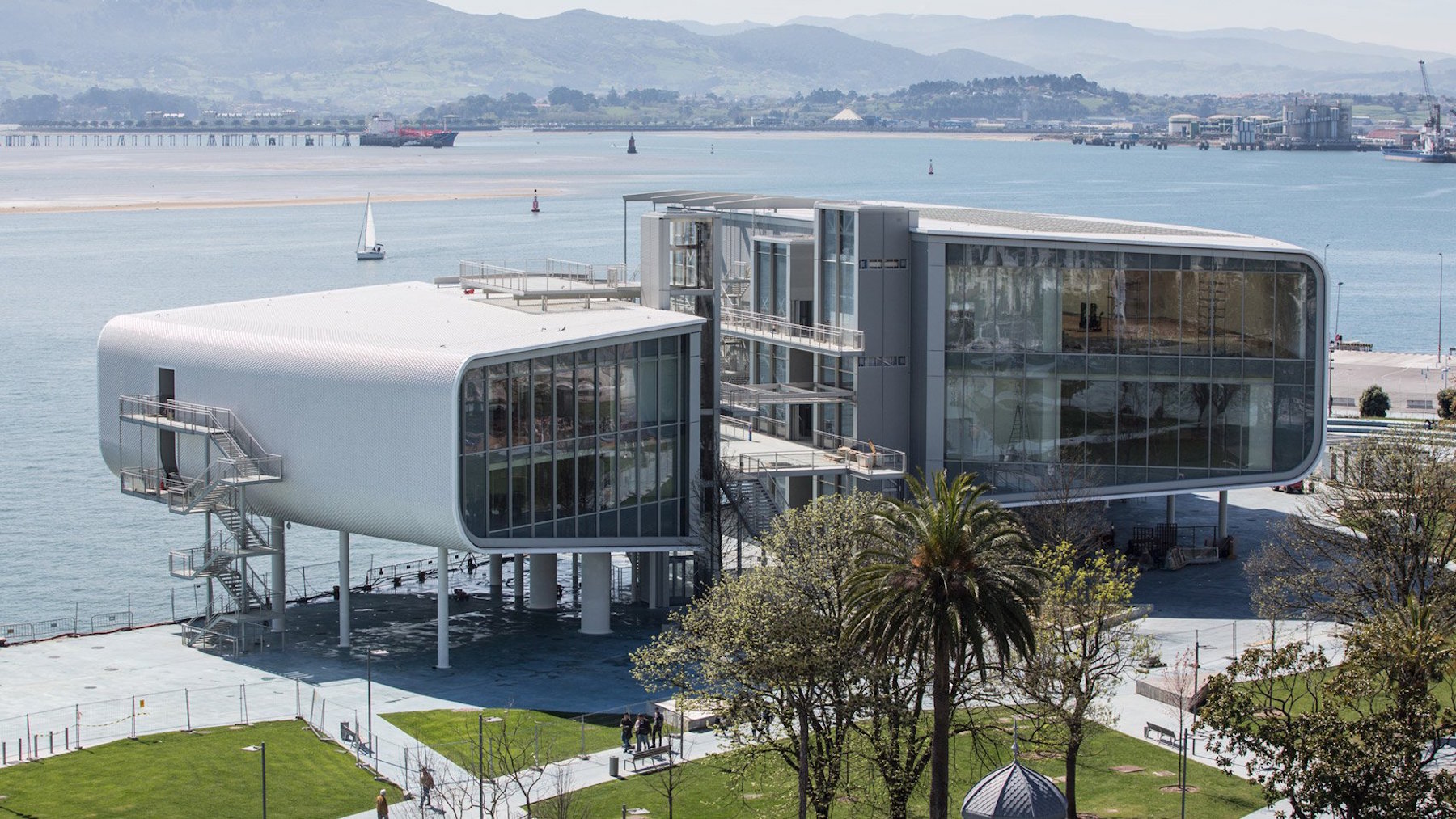
3. Centro Botín, Santander, Spain
Renzo Piano’s latest found the world’s most popular museum designer branching out from his usual menu of pipe-wrapped and scrim-covered glass boxes. His new art center on the northern coast of Spain looks like a ship’s hull split in two as it was about to cast off into the Bay of Santander. We spoke with artist Carsten Höller about how an exhibition of his work—the museum’s inaugural show—responded to the building’s bifurcated form. Watch the Video »
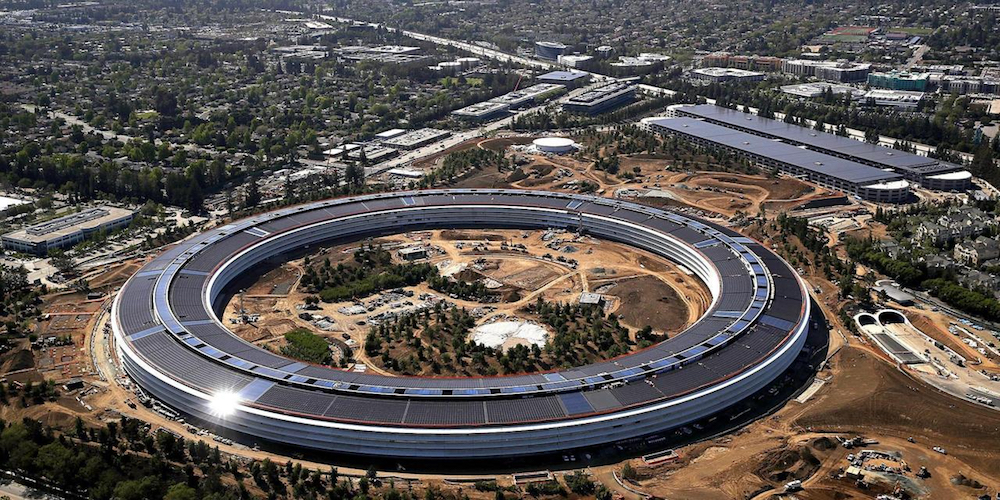
4. Apple Park, Cupertino, California
Behold the mothership. Apple employees began moving into the company’s new campus this year, including the four-story circular structure at the center of the complex. Is it a bold gesture of optimistic futurism? Or a tech company eating its tail? Either way, drone footage has given us some era-defining images of its architecture. Back in the fall, Norman Foster told us about working with Apple chief design officer Jony Ive and the late Steve Jobs on the design. If that isn’t more self-described visionary than you can handle in one article, read on. Read More »
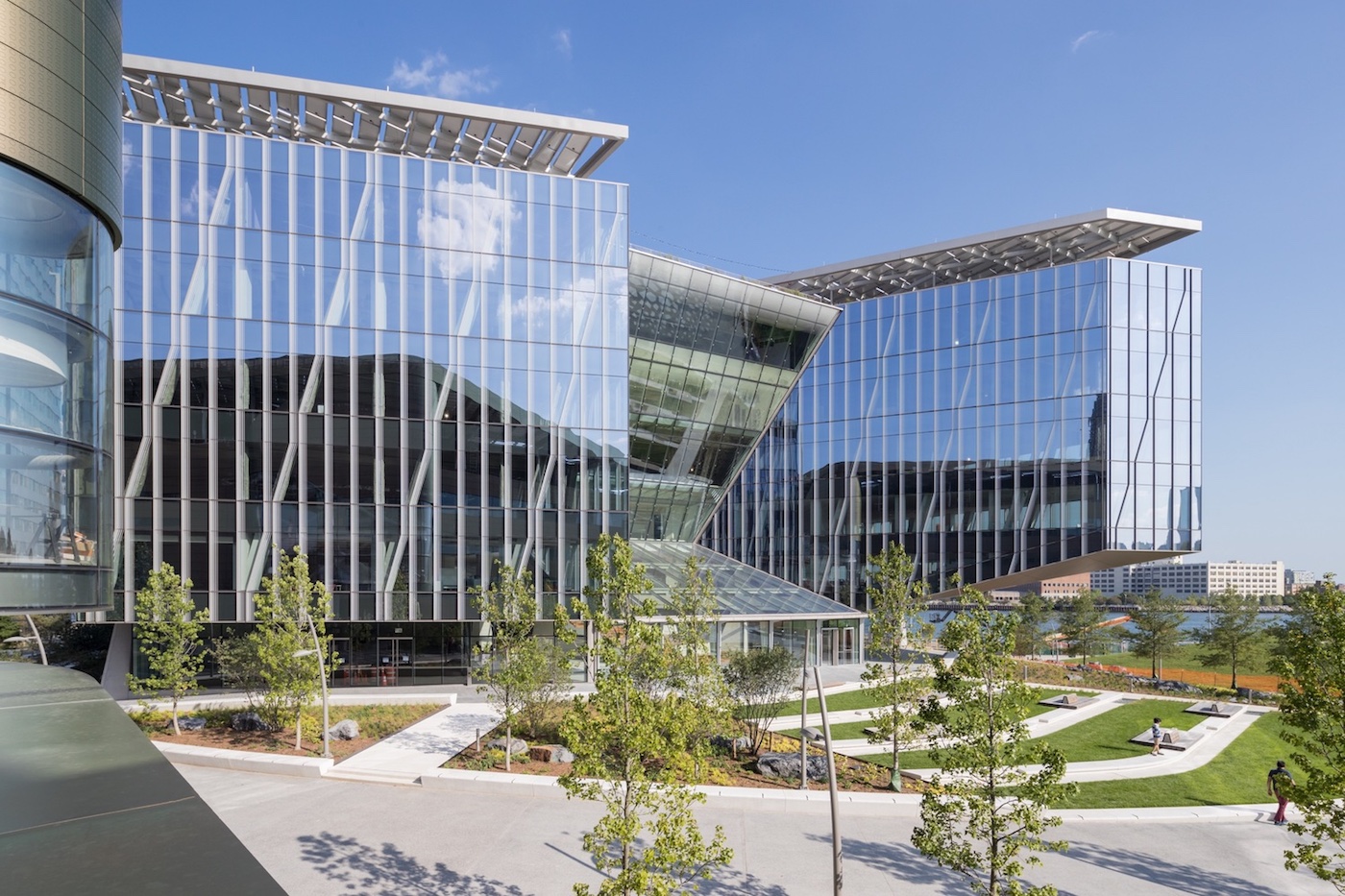
5. The Bridge at Cornell Tech, New York, New York
Part classroom, part tech incubator, Weiss Manfredi’s contribution to Cornell University’s New York City outpost is not only notable for its hybrid program and groundbreaking energy efficiency, but also its location. On the southern tip of Roosevelt Island—once a dumping ground for New York’s criminal and infirm—the Bridge (and its neighboring building by Morphosis Architects) has transformed an urban backwater in the middle of the East River into a campus that would be at home in a college town. But put the frisbee away: You can’t forget where you are when the building’s carved shape and roof terrace set up striking views of the city. Over the summer Marion Weiss and Michael Manfredi told us about the design when we visited their studio. Read More »
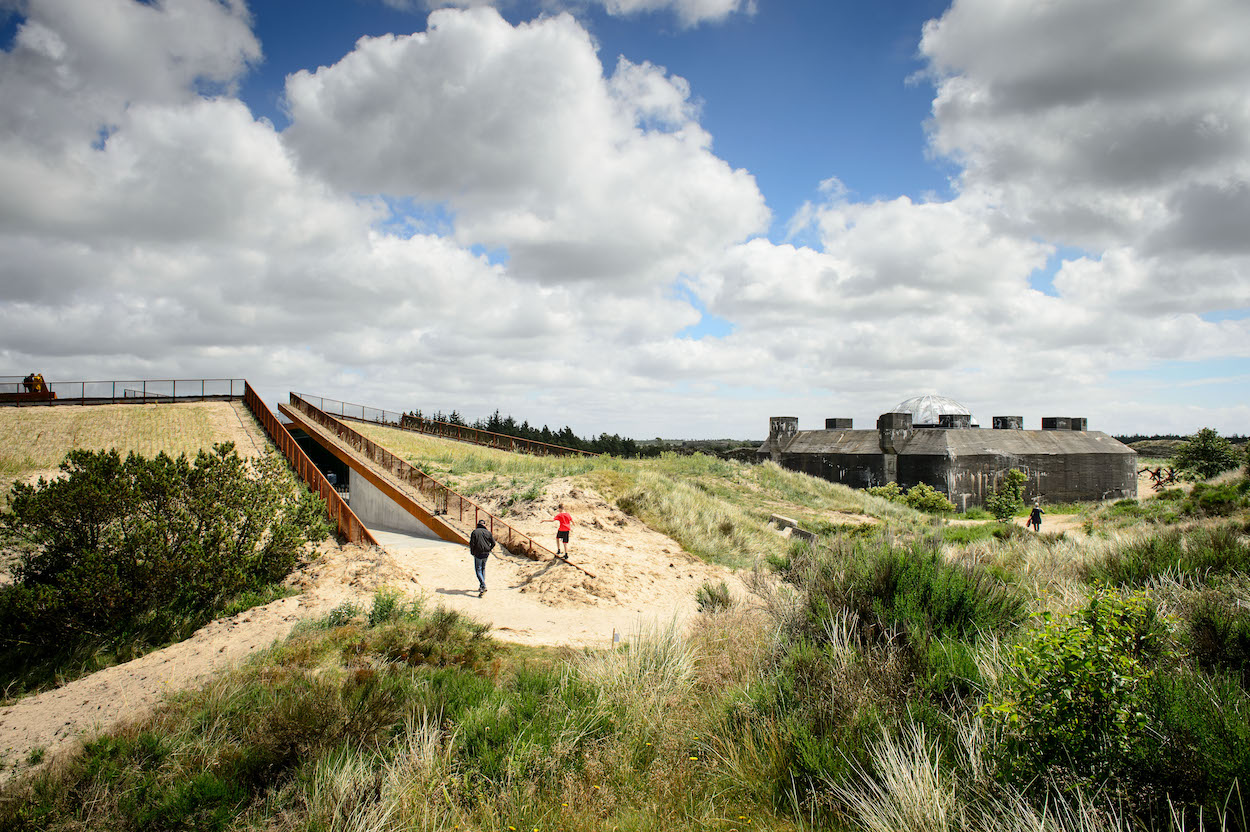
6. Tirpitz Museum, Blåvand, Denmark
Bjarke Ingels designs fun buildings. Just look at his appropriately blocky and colorful visitor center for Lego, which opened this year. But the architect’s firm also showed that they can be as poetic as they are playful with a museum dedicated to the Second World War. The firm turned a Nazi-era bunker, part of a system of hulking coastal fortifications in northern Denmark, into an exhibition space and built a new structure entered through a crack in a neighboring dune. With that gesture, the firm proved their versatility by trading the cartoonish for the contemplative. Read More »

7. Lascaux IV: International Centre for Cave Art, Montignac, France
“We have invented nothing,” Pablo Picasso said of visiting the caves where, in 1940, a group of teenagers found a vast gallery of 20,000-year-old paintings. In the years since, the caves have attracted millions of equally enthusiastic visitors, which has meant access has had to be tightly controlled to preserve the ancient artwork. But a new Snøhetta-designed visitor center lets fans of the really old masters see the work up close in a series of exhibits that incorporate detailed projections of the cave ceilings. The building is itself a concrete crag and an appropriately rocky commission for a firm named after a mountain and known for work that references cliff sides, glaciers, and various other geological phenomena. Read More »
